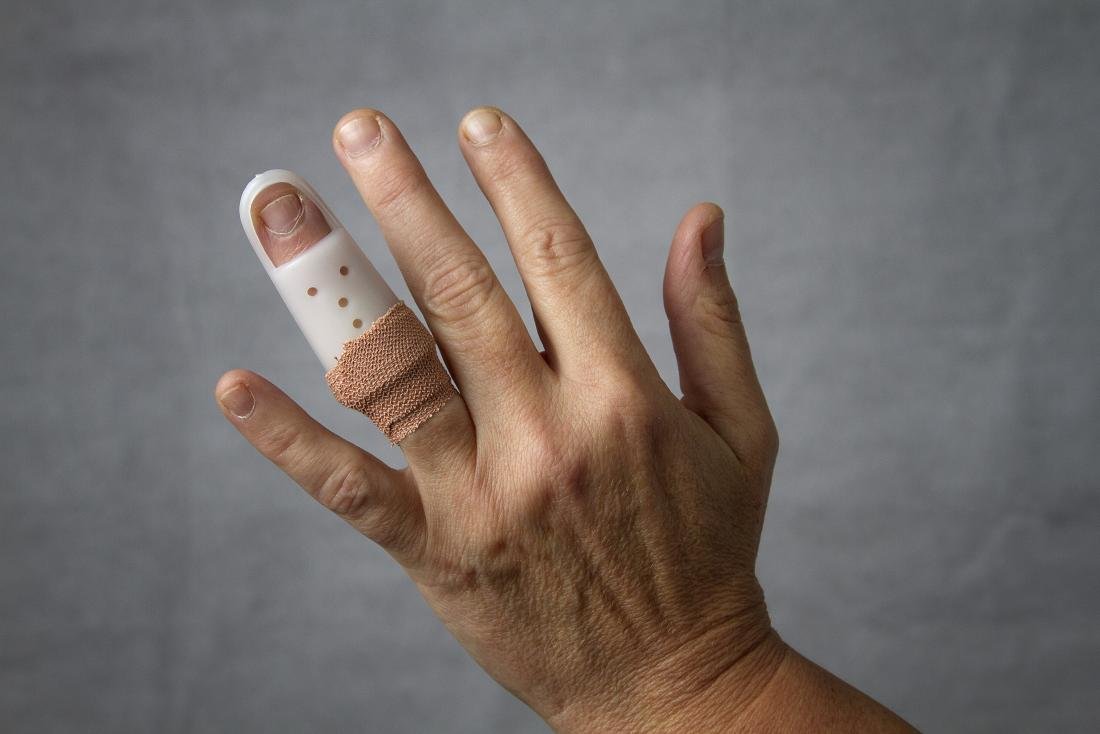Dislocated Fingers - Is it just a finger?
Figure 1: Finger Pain - Mallet Finger Injuries - Physio Frenchs Forest, Physio Macquarie Park
Fingers are one of the most commonly dislocated joints in the body, particularly in Australia due to the high volume of kids who play ball sports. The finger becomes dislocated the bones of the hand are moved from their normal position and remain out of position.
Symptoms of a dislocated finger:
- Shortened finger
- Numbness or tingling
- Swelling of the finger joints
- Tenderness of the finger joints
- Loss of movement into flexion (bending) or extension (straightening)
- Continued dislocations
Figure 2: Finger Pain - Mallet Finger Injuries - Physio Frenchs Forest, Physio Macquarie Park
It’s just a finger?
This is something we hear far too often. Treatment following a dislocation is essential. It is common for untreated dislocations to have a permanent deformity due to damage of the soft tissue structures as well as permanently dislocating. This will impact your ability to perform daily tasks such as gripping the steering wheel and using a knife and fork. The picture shows an example of a dislocated finger that was not treated correctly and resulted in a boutonniere deformity.
Treatment of a dislocated finger:
The Physiotherapist will examine your finger and place it in a suitable splint to ensure appropriate healing of the tissues. Once the tissues have healed the therapist will then start gentle movement exercises to ensure you don’t end up with a stiff finger at the end of the treatment.
See our expert Physiotherapy team at Frenchs Forest and Macquarie Park!


